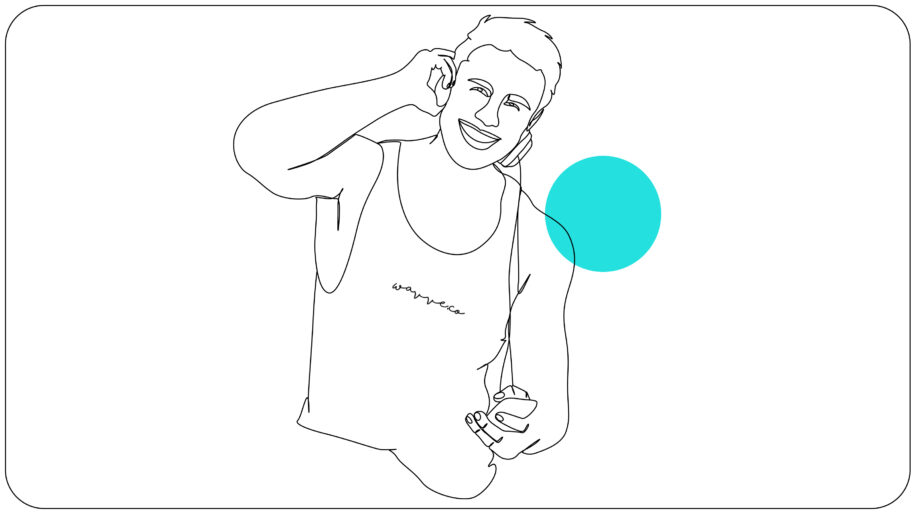How much a good influencer costs is soaring right along with the popularity of social media itself. As their name suggests, influencers have a big influence on people’s spending habits. This makes influencer marketing a great way for brands to attract paying customers.
Influencer marketing is big business. By 2022 it was worth $16.4 billion. But how much should you pay an influencer to promote your brand? Influencer costs vary by industry, platform, content type, and even influencer type. So how can you ensure you’re paying an influencer fairly without breaking the bank? That’s what we’ll look at in this article.
Influencer costs follow influencer types
First, it’s important you know the difference between the main types of influencers. Usually, you can categorize influencers by how many followers they have. This gives us five categories:
- Nano-influencers: up to 5,000 followers
- Micro-influencers: between 5,000 and 20,000 followers
- Mid-tier influencers: between 20,000 and 100,000 followers
- Macro-influencers: between 100,000 and 1,000,000 followers
- Mega-influencers: over 1,000,000 followers
Influencer costs follow influencer payment methods
There are several ways brands can compensate influencers, such as:
- Commissions
- Free products
- Discounts
- Cash
Whichever model you choose, you need to specify it in your influencer contract. An automatic contract generator can help with this and other contract details.
Commissions
With this payment model, brands pay influencers a percentage of each sale their campaign brings. It’s a great way for brands to reduce risk while maximizing ROI.
To be attractive, you should aim for a commission of at least 10-20%. Although macro and mega-influencers will likely expect a higher percentage.
Free products
Free products are a popular choice, with 34.4% of brands compensating influencers this way. It’s a relatively low-cost option, and it’s a great way to show off your product if the influencer features it in their content.
Influencers also like free products. Product reviews are great for engaging their audience. Plus, freebies help them build their reputation and pave the way for future collaborations.
Discounts
One-quarter of brands compensate influencers with discounts. Discounts work best with influencers who are (or are likely to become) your customers. After all, they won’t accept discounts if they’re not likely to use them.
So you should reserve discounts for nano or micro-influencers who are looking to build their portfolio.
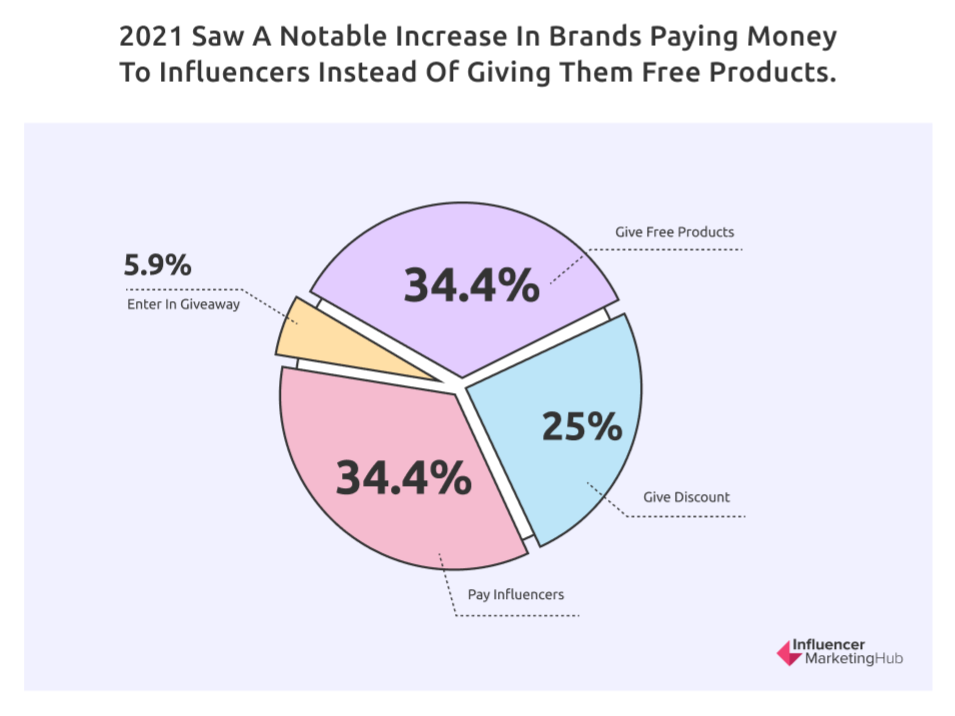
Cash
A further 34.4% of brands compensate influencers with cash. This is the most attractive payment model for influencers, but it also comes with the highest risk for businesses.
To ensure you get value for money, you should check an influencer’s portfolio of previous collaborations. But how much should you pay?
Well…it depends.
As we said earlier, many factors can affect influencer pricing. But how much do good influencers cost?
How much an influencer costs is based on several factors
Influencer pricing boils down to what brands are willing to pay. But there are some common factors that impact influencer rates, including:
- Pricing model
- Reach
- Engagement
- Content
- Product
- Niche
- Platform
Pricing model
The pricing model you choose has a big effect on how much an influencer will cost. The most common influencer pricing models are:
- Pay-per-post (flat rate). The influencer earns a set rate for each piece of micro or long-form content. This is the most common pricing model, with nearly 50% of companies using it.
- Pay-per-click. Each time someone clicks a brand link in an influencer’s post, the influencer earns money. Clicks don’t always equal sales, though.
- Pay-per-sale. The brand pays the influencer each time their content generates a sale. 42% of companies pay influencers this way.
- Pay-per-follower. Usually, the influencer earns a penny for each follower they have. The downside is that not every follower will see and engage with the branded content.
For brands, the most cost-effective pricing models are pay-per-post and pay-per-sale.
Reach
An influencer’s reach depends on how many followers they have. A larger audience means more reach, but it also means a higher price tag. You could pay anywhere from $900 per post for nano-influencers to over $6,500 per post for mega-influencers. So, if you have a tight budget, you’re better off sticking to influencers with fewer followers.
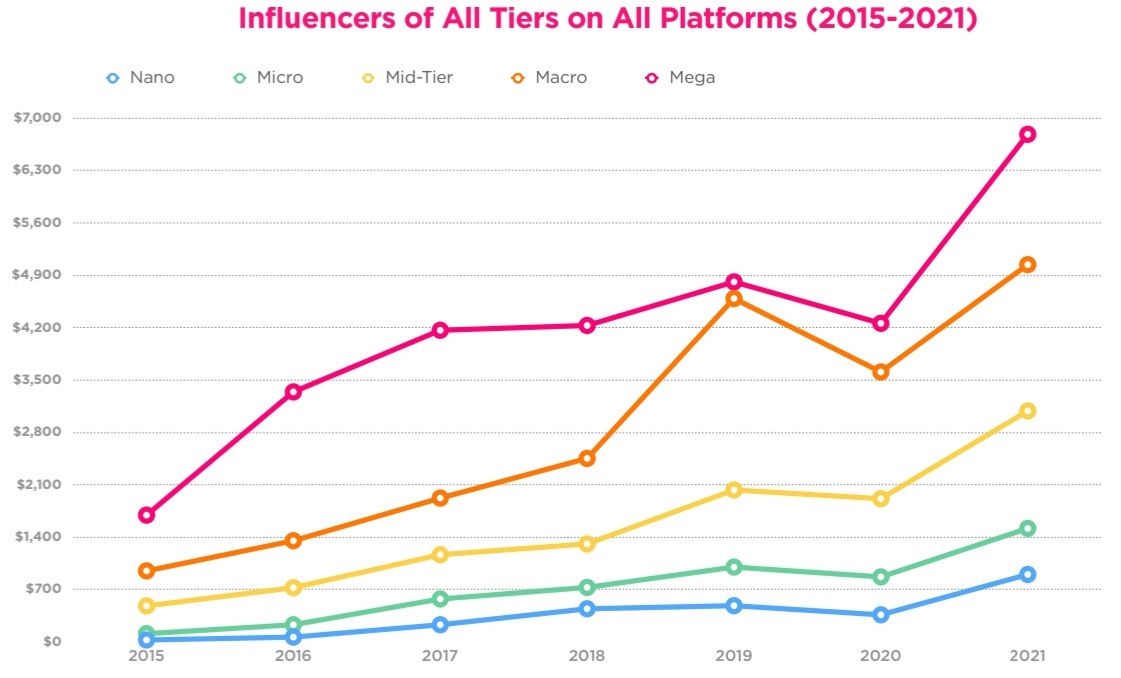
Engagement
Influencer rates also vary by how much engagement their content generates. Macro and mega-influencers have more followers but tend to have lower engagement rates. For example, on Instagram, the engagement rates are 4.84% for nano-influencers and 1.23% for mega-influencers.
There are exceptions, though. On TikTok, for instance, engagement rates are 12.43% for nano-influencers but 13.70% for mega-influencers. So, before you agree on a price with an influencer, you should check how engaged their followers are.
Content
How much content you want, and what kind, also affects influencer pricing. Content like videos and carousels take longer to create, so they cost more. For example, the average prices of different content types for a micro-influencer are:
If you can afford to splash out on a video, go for it. Otherwise, you’re better off sticking to an Instagram Story.
Product
The cost of your product or service can also affect influencer pricing. Influencers with high-paying audiences usually cost more. So, companies that offer higher cost products or services should expect to pay more.
Niche
You should choose an influencer from your industry so the content feels authentic. You wouldn’t want a fashion influencer to post about your unrelated software solution. But the influencer’s industry also has an impact on price.
The most popular influencer niches are lifestyle, fashion, and beauty. Companies in those industries have more influencers to choose from, so the price is lower. For instance, you could pay $440 for a fashion post but $715 for an entertainment post.
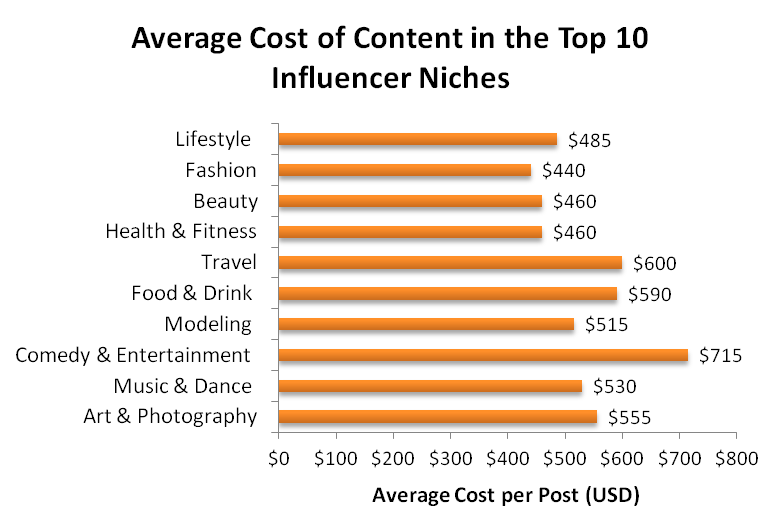
Platform – How much do influencers cost per platform?
Each social media platform has a different audience base and content type. For example, YouTube and TikTok are video-based, while Instagram favors photos.
Not all social media influencers vary their rates by platform, but most do.
Instagram is the most popular platform for influencer marketing, with nearly 80% of companies using it in 2021. Its visual nature makes it highly engaging, shareable, and perfect for selling a wide variety of items. But it’s also pricier.
Average cost: $1,038 per post
With Facebook, brands can promote their product or service with longer posts and clickable links. For this reason, 50% of brands used Facebook for influencer marketing in 2021.
Average cost: $833 per post
Twitter is the least popular platform for influencer marketing一just 23% of companies used it in 2021. It’s less visual than other platforms, but retweeting makes it ideal for spreading the word about your brand. It’s also the cheapest option.
Average cost: $284 per post
YouTube
In 2021, 44% of brands used it for their influencer campaigns. Videos are the most engaging type of content, so they’re a great way to give your brand a boost. The downside is the time it takes to produce quality videos. For this reason, YouTube influencers are the most expensive.
Average cost: $4,491 per post
TikTok
TikTok’s popularity has exploded in recent years. In 2021, 46% of businesses used TikTok for influencer marketing. Its bite-sized videos make it perfect for brands looking to target a younger audience.
Average cost: $3,514 per post
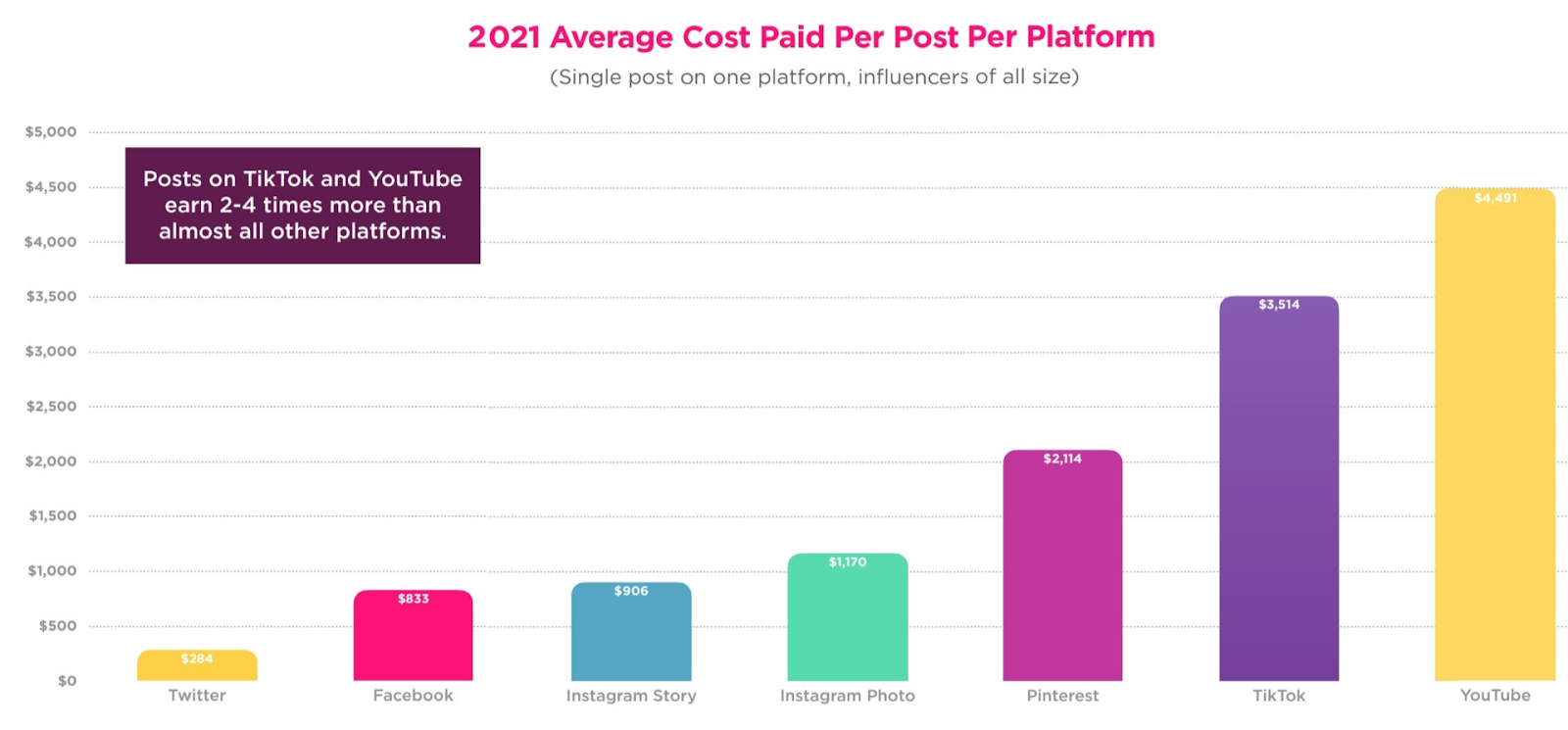
How to find the best influencer pricing strategy
You don’t have to spend vast sums of money to find a good influencer. In fact, 37% of brands spend less than $10,000 a year on influencer marketing.
How do you find the best pricing strategy for your business? Your first step should be to set a realistic budget.
Two major influences on your pricing strategy are:
- Your goals
- Whether you use an influencer marketing agency
Your goals
The most common influencer marketing goals are:
- Increasing sales.
- Boosting awareness.
Your goals help determine the best pricing strategy for your business. If your goal is to increase sales, you should pay influencers a commission per sale. If your goal is to boost brand awareness, you’re better off paying per click or per follower.
Whether you use an influencer marketing agency
There are many influencer marketing agencies that can help you find and manage influencers. A full-service agency will help you plan, find the right partners, execute content, and manage relationships.
The main downside is cost. You could be looking at anywhere from £15,000 to over £60,000 depending on campaign duration, how many influencers you work with, and so on.
If you can afford to hire an influencer agency, they’ll help you find influencers with rates you can afford.
Takeaway
Influencer marketing is a great way to promote your brand and get more sales. What you pay depends on a range of factors, including reach, engagement, and platform. To set a pricing strategy, you should think about your goals and if you’re going to pay an influencer agency to help you find and manage influencers.
Whatever strategy you choose, though, you need to pay influencers fairly. Otherwise, you won’t be able to reap the benefits of a great influencer marketing campaign.

Yauhen is the Director of Demand Generation at PandaDoc. He’s been a marketer for 10+ years, and for the last five years, he’s been entirely focused on the electronic signature, proposal management system, and document management markets. Yauhen has experience speaking at niche conferences where he enjoys sharing his expertise with other curious marketers. And in his spare time, he is an avid fisherman and takes nearly 20 fishing trips every year.
